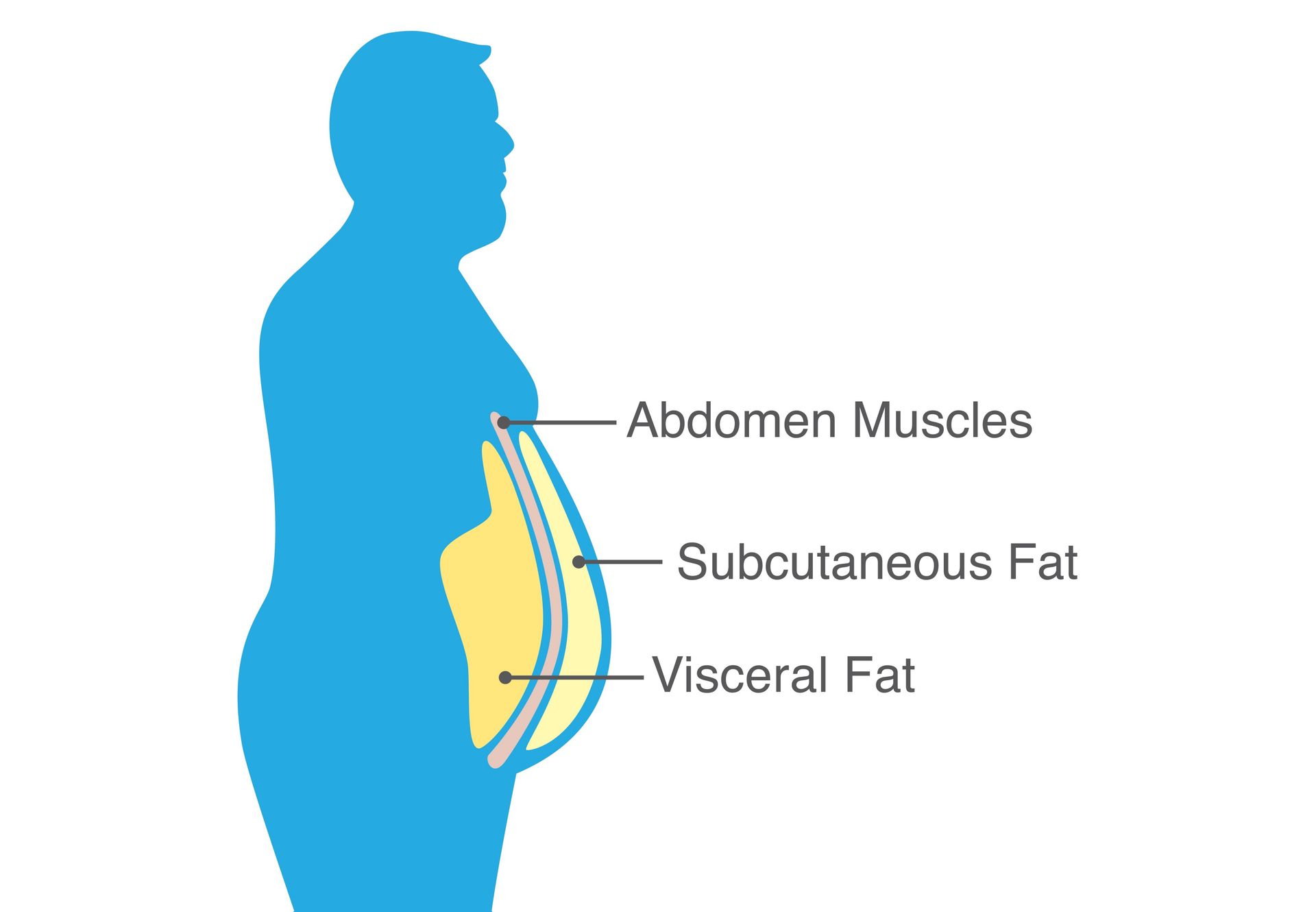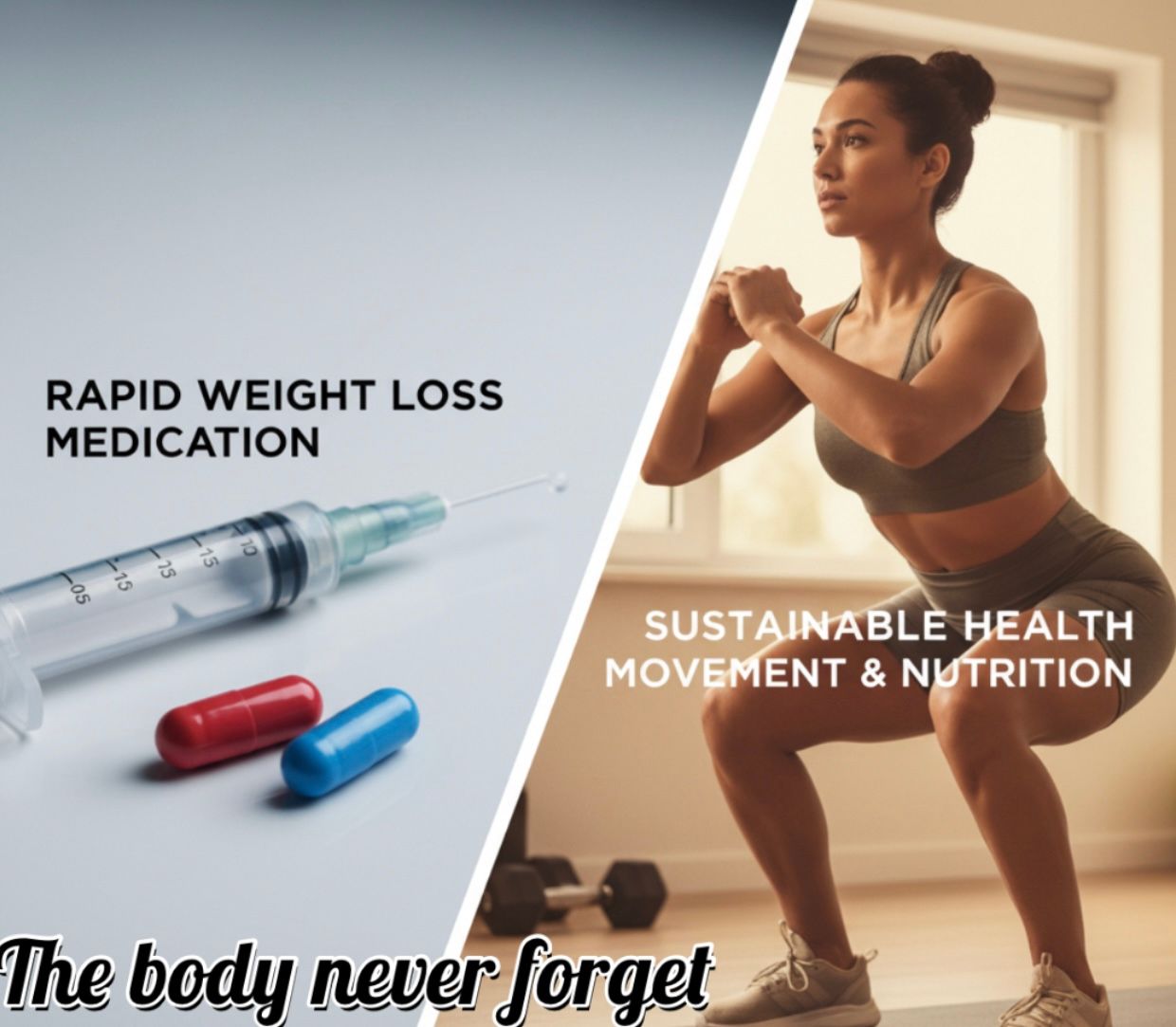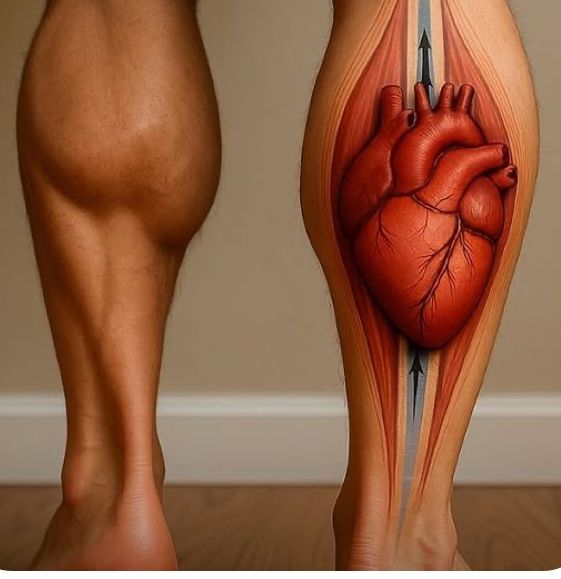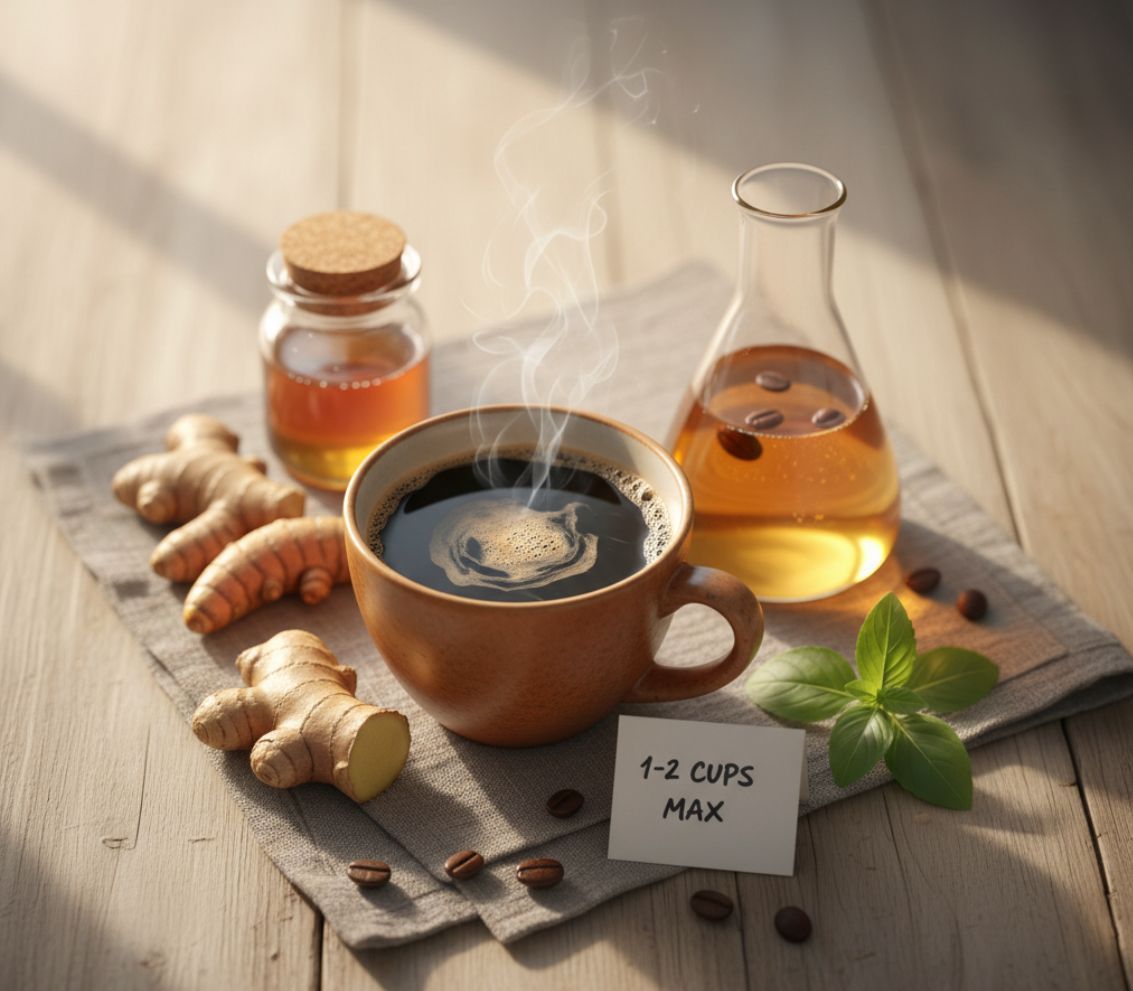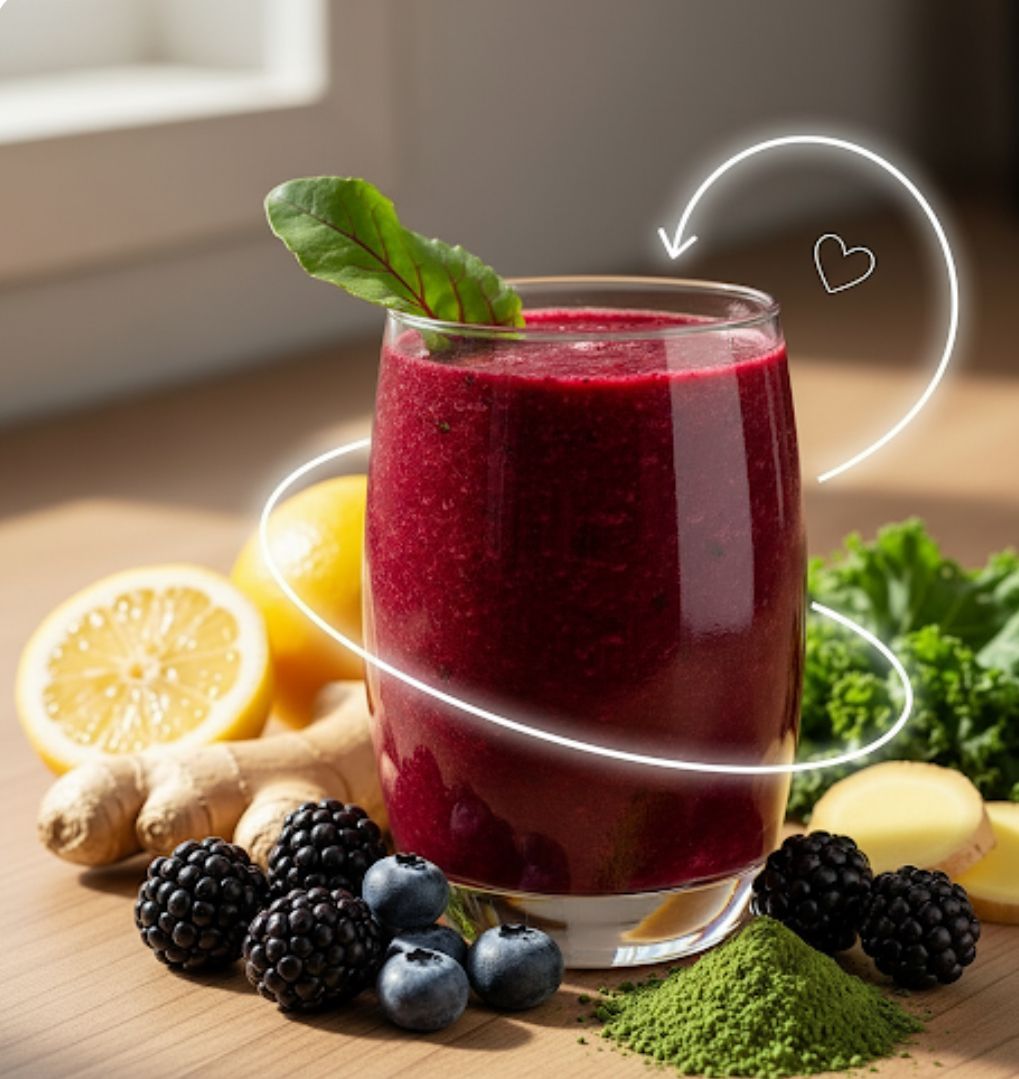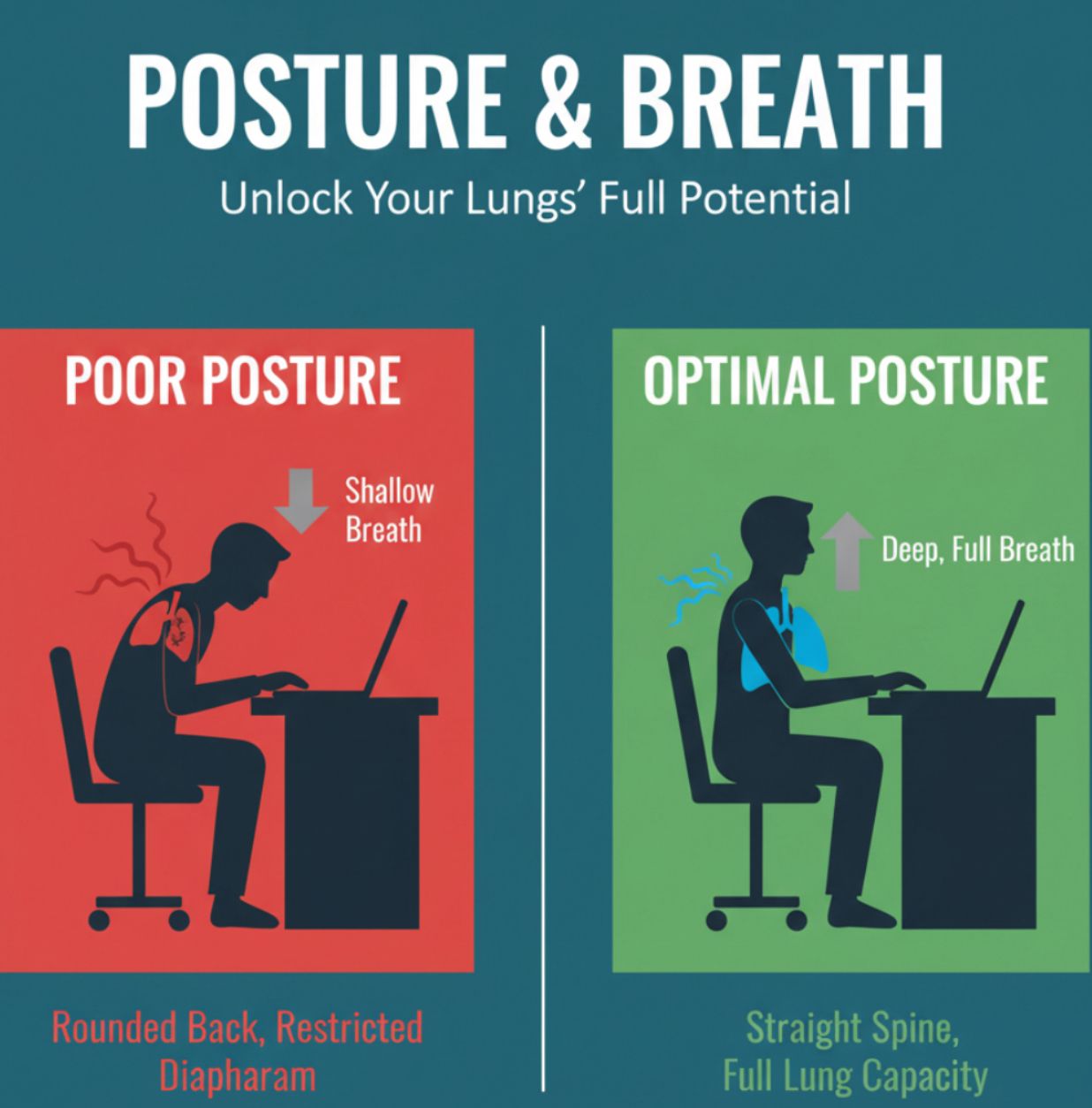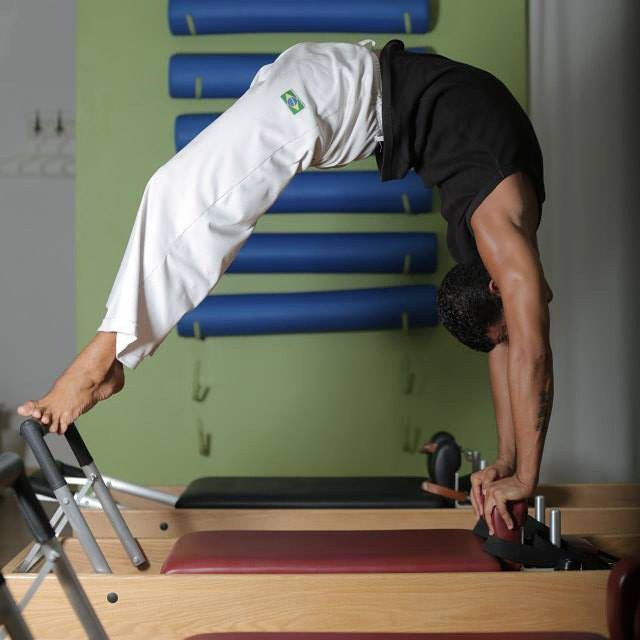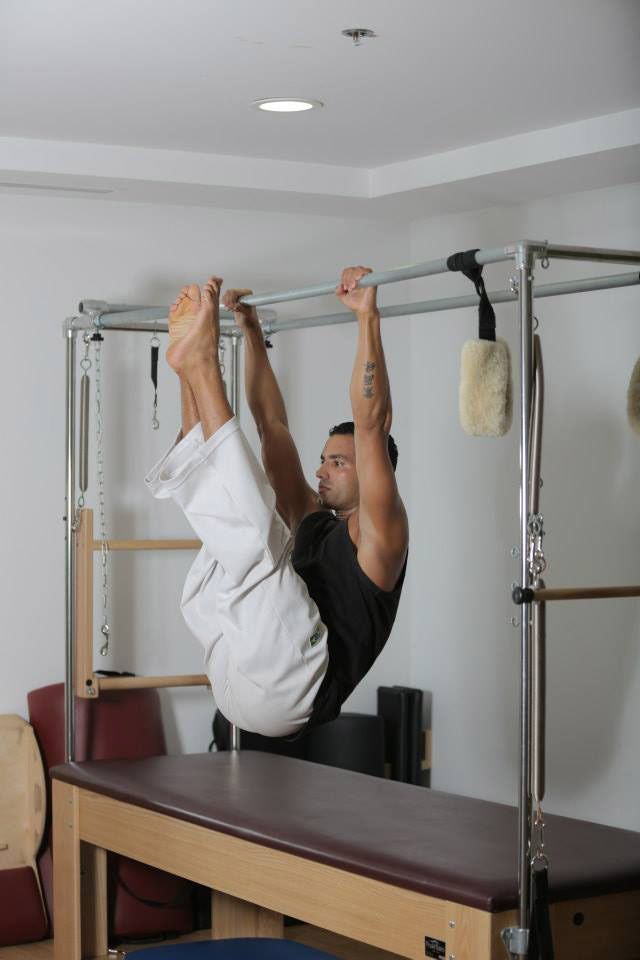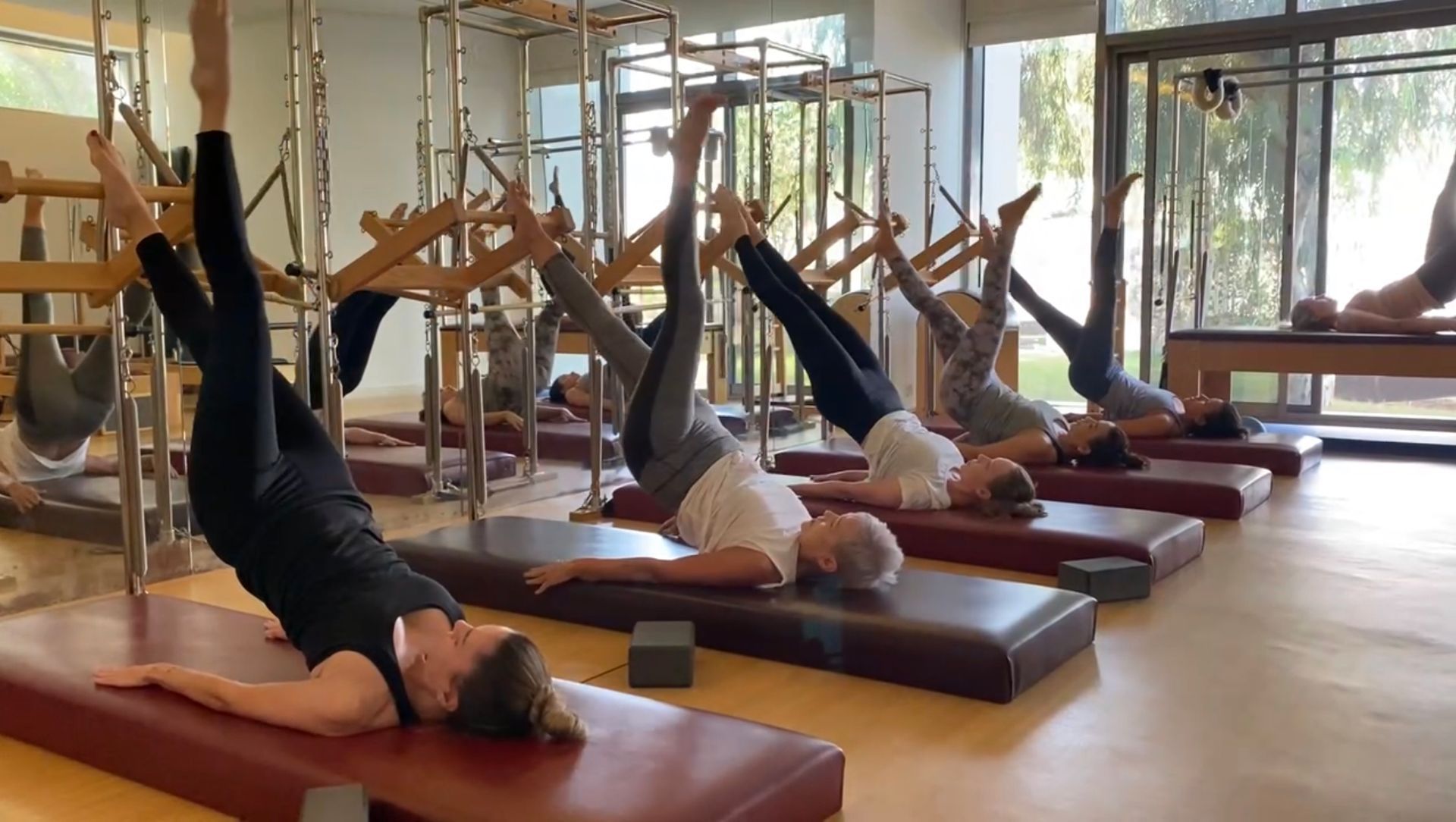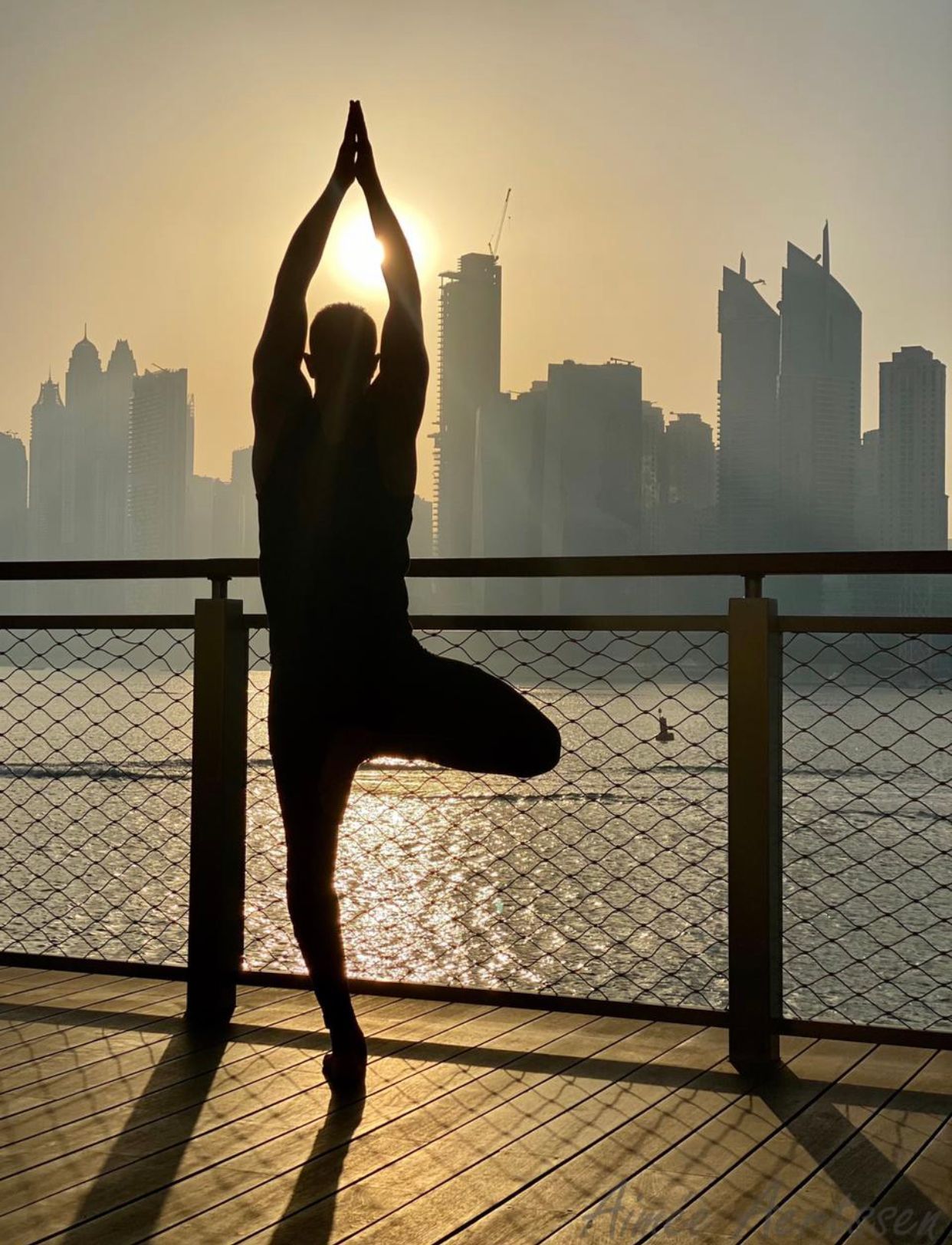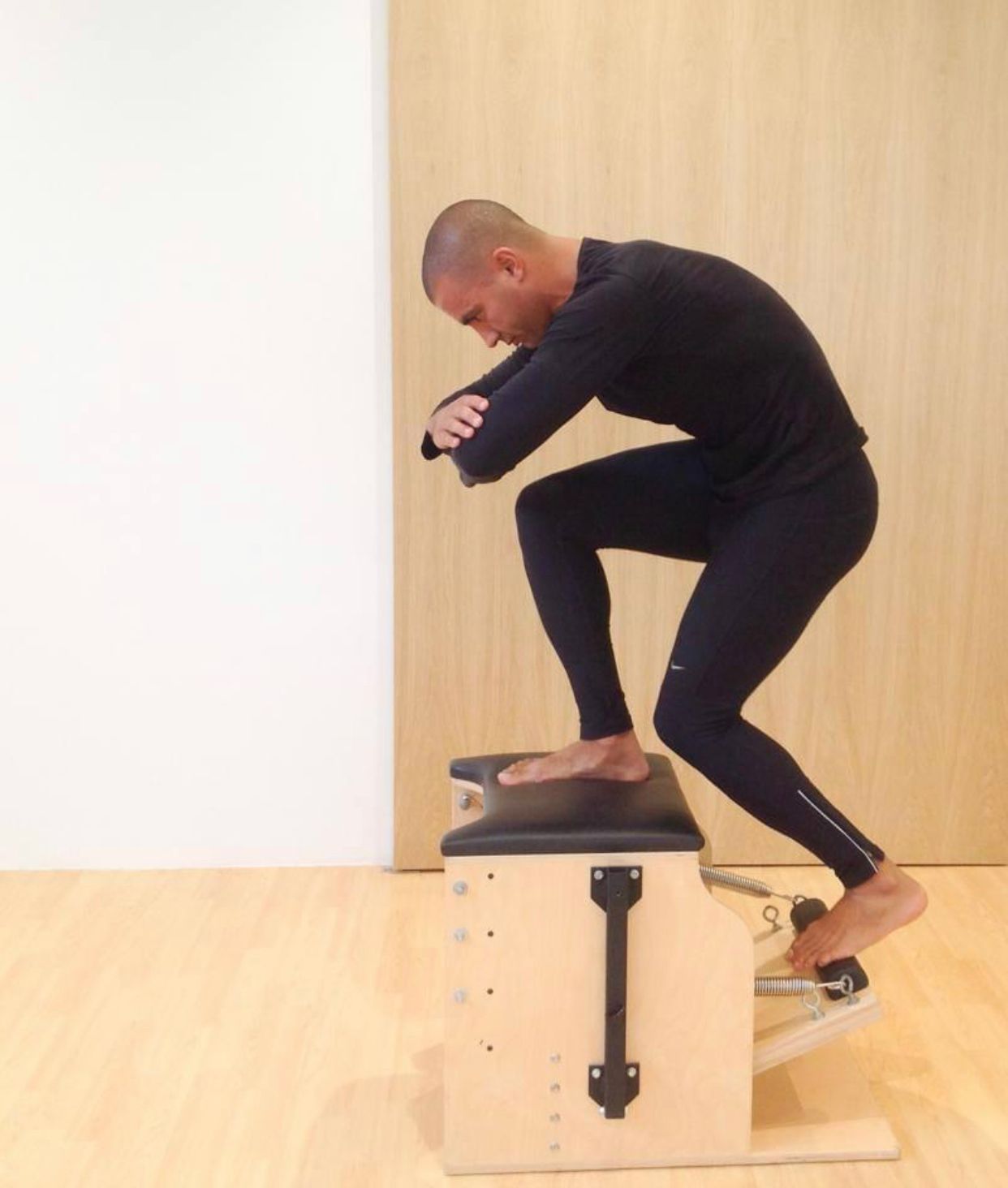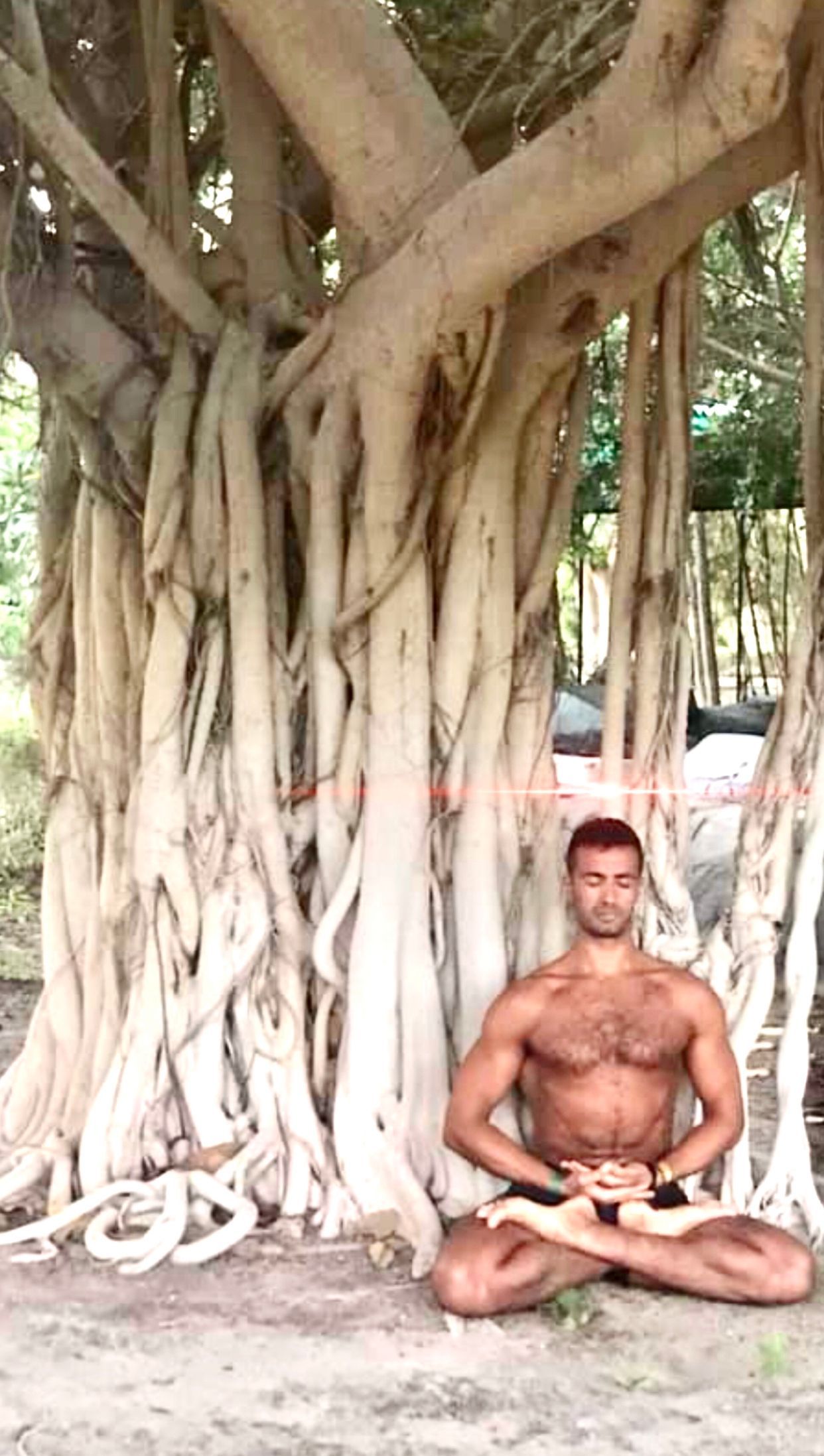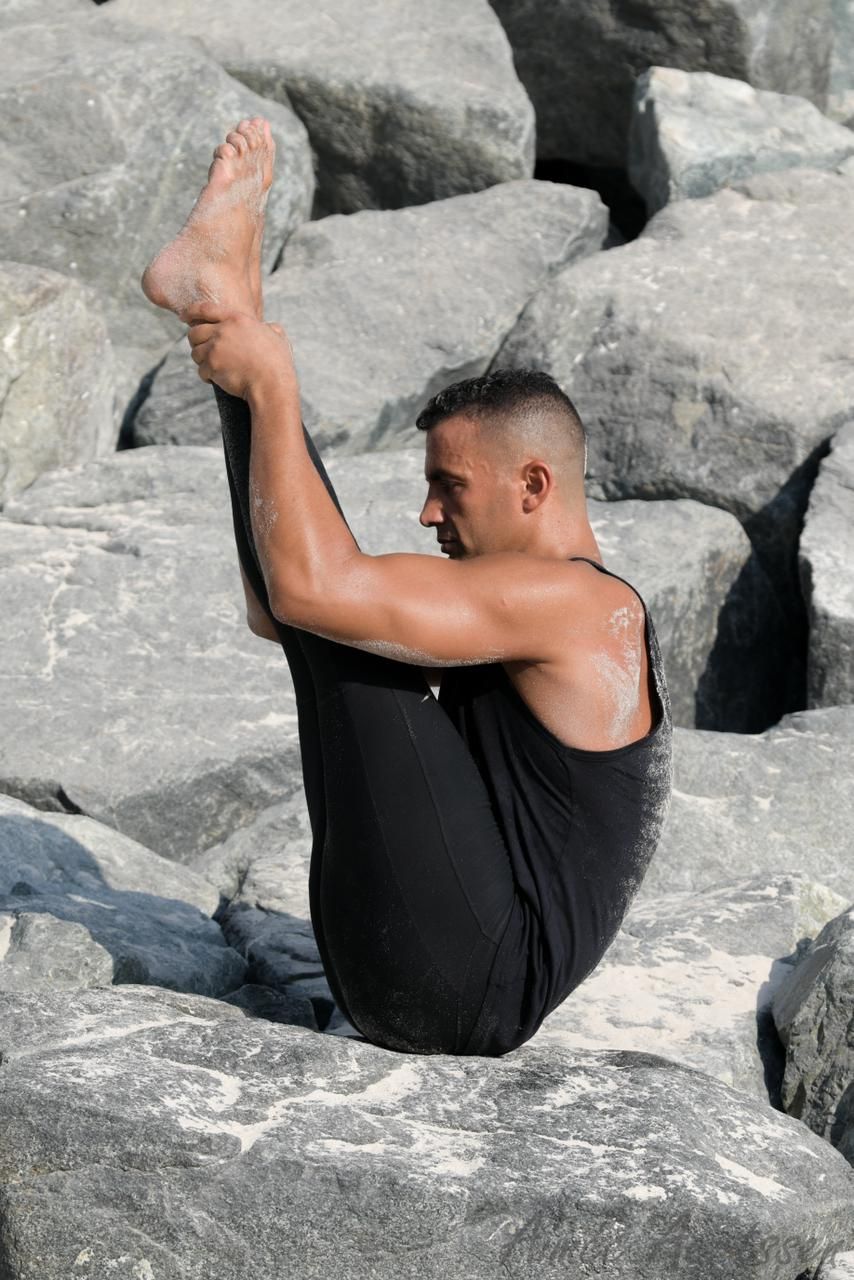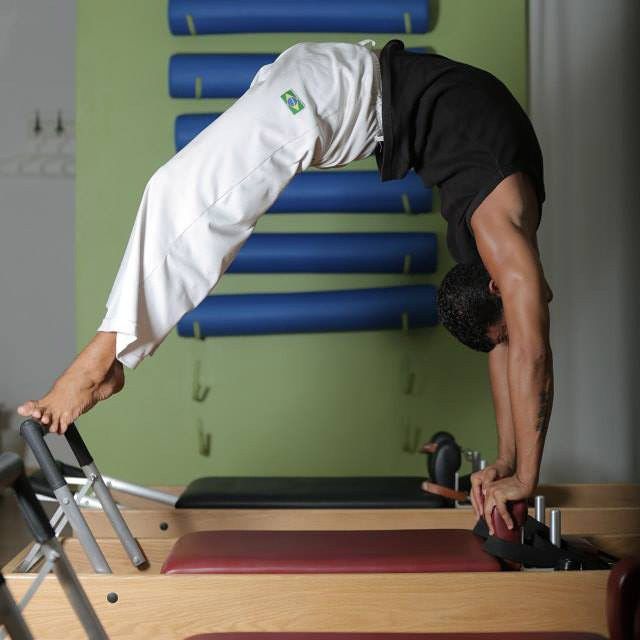Meet WALID TEBARKI
What is Pilates Method ?
A Pilates trainer must know the standard repertoire.
The Reformer is Walid’s favorite apparatus
Walid is presently based in Dubai, where he serves as a versatile movement trainer with certifications in Sport and Fitness, Classical Pilates, Yoga, Functional Training, Nutrition, Pole Acrobatics, Dance, and Performance. He strongly believes that a thorough understanding of the standard Pilates repertoire is essential for any Pilates trainer.
What is your background?
During my childhood in France, I was a highly intuitive and active individual. I pursued a two-year Philosophy program at the University of Creteil, all while dedicating my time to the National Team of Sanda, where I excelled in various martial arts disciplines. Achieving first place in the French National Championship for Kung Fu (Sanda) was a significant milestone for me. In 2000, I became a certified Fitness instructor from CREPS de Montry in France and actively competed in Fitness and Sport Aerobic events before earning a spot on the National Team FISAF.
Read “Return to life” at least 10 times, each time you learn more.
Did you background had anything to do with Pilates?
Regrettably, I sustained a back injury during the 2004 World Championship of Gymnastic FISAF. It was then that Nathalie Brou, a friend and Pilates instructor, extended an invitation to join one of her classes. After just a few sessions, the pain dissipated! Sport and music have been constant companions in my life for as long as I can remember. My fascination with the physical and philosophical aspects of movement led me to study sports and philosophy. My introduction to the Pilates method in Paris was under the guidance of the talented and generous Nathalie Brou, who was teaching STOTT Pilates at the time. Following 10 months of dedicated training, I had to interrupt the program due to a work opportunity in China.
I spent two years living in Beijing, China, where I worked as an artist, dancer, choreographer, and sports trainer. It was upon my return to Paris that I realized Pilates would always be a part of my life. During a workshop with Amy Alpers from Boulder, I felt a strong connection to Mr. Joseph Pilates and his Contrology method. Eager to delve deeper into the art of teaching Pilates, I embarked on training in the Classical Pilates Method from the ground up.
After contacting a renowned Classical Pilates Center in Dubai, I underwent an interview and completed my certification, subsequently working at another Pilates studio.
I had the pleasure of attending workshops led by Amy Alpers when she visited Dubai as a guest trainer.
In addition to teaching Yoga Ashtanga Vinyasa and dancing at various venues in Dubai, I became certified and accredited in May 2015 by the Association for Neuro Linguistic Programme as an NLP practitioner, Time Line Therapist, and Hypnosis practitioner.
I studied Martial Arts for many years and competed as a fighter. The principles in “Martial Arts” and Pilates are quite the same.
How long did you study Pilates?
Having dedicated many years to studying Martial Arts and competing as a fighter, I've discovered striking similarities in the principles of “Martial Arts” and Pilates. Both emphasize concepts such as Center, Core, Focus, Mind, Control, Intelligence, Chi, Gravity, Strength, Flexibility, Channeling animalistic energy, Functional movement, and maintaining overall health. The practice of Pilates has been a part of my life since 2005, marking a decade of continuous learning and growth. As Albert Einstein once said, “Once you stop learning, you start dying,” a sentiment I wholeheartedly embrace.
How much do you workout and how many lessons do you teach?
I engage in training almost daily to remain connected and alert. I maintain an open mind and prioritize my physical fitness. Our minds and bodies are in a constant state of flux, evolving each minute and every second. We are a dynamic process of molecules in motion, continuously reinventing ourselves. Understanding our inner world is crucial to guiding our students beyond the confines of their physical and mental boundaries. By our very nature, we are not static but ever-changing energy. I consistently push myself both physically and intellectually through my daily teaching schedule of a minimum of 6 hours.
I believe in quality education, above all, because this is the way for the people to connect. This is about integration of mind, body and spirit. Diversity is good. As long as we talk about Pilates, it is always good.Do you teach more male or female clients?
It is evident that in Pilates, there is a higher number of female clients compared to male clients. Nevertheless, I do have a significant number of male clients that I teach. Teaching male clients requires a different approach than teaching female clients. Despite the differences, the primary goal remains the same: ensuring that every client finds Pilates to be fun and enjoyable.
What is your opinion about Traditional, Classical and Contemporary Pilates?
We share a common focus on supporting our clients, with a commitment to achieving results and facilitating positive changes. There are numerous methods of learning and teaching Pilates, but my belief in prioritizing quality education is rooted in fostering meaningful connections among individuals. This emphasis on quality education underscores the integration of mind, body, and spirit, celebrating the beneficial diversity within the Pilates community. As long as the conversation revolves around Pilates, this diversity is always advantageous.
In my view, every Pilates instructor should be well-versed in the standard repertoire, drawing from various methodologies while honoring the legacy of Mr. Joseph Pilates. While we continue on our journey, our aim is to unify rather than critique, offering a supportive environment for all Pilates teachers and instructors – whether they adhere to the Authentic, Classical, or Contemporary approach. The focus should not be on right or wrong, but on what ultimately serves the best interests of our clients.
I am deeply invested in the narrative and legacy of Mr. Joseph Pilates, immersing myself in the study of "Contrology" to maintain a strong connection to the roots of this method. The key to grasping the essence of Pilates lies in being open to sharing perspectives with humility and a practical mindset. It's not about racing in a marathon or engaging in a competition of right and wrong. Who truly embodies Pilates or not? Each year, medical professionals, scientists, clinics, and pharmaceutical industries evaluate and deliberate on their latest findings. Change is the only constant.
I firmly believe that the foundational repertoire serves as the cornerstone of "Contrology." While we may deviate from the norms, it should be done purposefully, with a solid understanding and expertise. As a dancer, I understand the necessity of repetition—performing movements countless times until they become ingrained as second nature. "Practice makes perfect."
I aim to highlight the positive qualities and correct imperfections in others while recognizing that perfection is unattainable. Everyone has room for growth, and Pilates is anything but rigid or dull. We encounter "Contrology" in Traditional, Classical, Authentic, or Contemporary Pilates. I believe that a savvy Contemporary Pilates instructor will always be open to learning about Classical and Authentic Pilates. True greatness lies in being curious and willing to explore various methods. We may not be Doctors or Scientists, but Mr. Joseph Pilates was a passionate and imaginative individual who savored every joyful moment of life.
In today's day and age, it has become common for individuals to label themselves as Pilates trainers after completing a single weekend course or workshop. What is your perspective on this matter? Personally, I find it implausible and nonsensical. It took me a decade to truly grasp the essence of Pilates. Some trainers specialize solely in Mat Pilates, while others focus solely on Reformer, yet they still identify as Pilates trainers. However, I believe it's unfair to brand them as heretics or frauds. I harbor no negative sentiments towards them. In fact, after engaging with a few of them briefly, I could sense a contemplative air about them. It was evident that they were pondering their choices and striving for improvement. Misinformation is prevalent, and everyone aspires to enhance their skills in some way. Pilates encompasses both Mat and full equipment – we should not segregate them. Mastery requires dedication to hours of practice, study, instruction, and observation. Acquiring proficiency demands familiarity with the entire repertoire, whether using equipment or not. We must exercise patience and invest time to fully experience life.
The majority of teachers who earn certification in just a few weeks are unlikely to find employment in a reputable Pilates center. They often end up working in fitness clubs where quantity is prioritized over quality. In Pilates, we value quality over quantity. My advice is to practice Pilates in various settings with different instructors.
What Pilates apparatus is your favorite?
The Reformer holds a special place in my heart as I am drawn to its intricate and demanding advanced level. Despite my background in Classical training, I often explore variations on the Reformer, such as adjusting the spring tension to intensify muscle engagement. The versatility of the Reformer is truly remarkable due to its spring settings.
I frequently receive inquiries from men seeking advice on achieving a beach-ready physique and increasing muscle mass. While traditional weightlifting may not be the solution, I have found that I can sculpt my body according to my preferences through Pilates alone. For those aiming for more muscle mass, I guide them through the fundamentals and classical repertoire of Pilates, always incorporating modifications to enhance the Pilates experience.
I emphasize the importance of strength and flexibility inspired by the movements of animals, a concept often overlooked. By encouraging this fresh perspective, I help individuals reconnect with their primal nature. We are inherently creatures of strength and agility; it is simply a matter of remembering it!
I aspire to move with the agility of a bouncing ball, resilient enough to run, jump, and gracefully recover from falls like a tree-climbing enthusiast. I seek to harmonize my body and mind, drawing from my past experiences in the fitness industry. I have traversed the entirety of that journey. I have no aversion to any brand or equipment, but I particularly favor Gratz equipment and Peak Pilates for their sturdy wooden frames and durable weather-resistant straps. I learned Pilates on apparatus from different brands; Peak Pilates, Balanced Body and Gratz.
The quality is always good. But I really don’t enjoy it when the apparatus are just a few inches of the mat…some new models are like that. I prefer old school.
Every one has to work on something and Pilates is not a boring and a fixed method.
What Pilates exercise is you favorite?
The One Hundred exercise is a personal favorite of mine due to its capacity to challenge practitioners at every level and on any equipment. It serves as a valuable gauge of technical proficiency, revealing much about the practitioner's skill. Teaching the One Hundred is essential due to its numerous benefits, making it a foundational exercise that should never be skipped.
Walid and the Roll Back Bar on the Wall Unit
What distinguishes a great Pilates teacher from the rest? Any advice for new students and instructors?
One of the key attributes is a genuine love for people. Love and empathy form the foundation of our work. While financial riches may not be guaranteed, cultivating empathy without allowing sympathy to overwhelm you is crucial to prevent emotional burnout. Mastery of exercises and the ability to tailor them to individual client needs is essential. Adhering to ethical standards, focusing on the positive aspects, and recognizing and celebrating progress are key. We hold the responsibility to inspire positive change by acknowledging achievements.
Never criticize or speak negatively about other Pilates instructors, their methods, or techniques, even if you believe you possess superior knowledge and proficiency in Authentic Pilates. "Contrology embodies this principle!! You should have a comprehensive understanding of anatomy from a functional standpoint, including all muscle groups and their precise locations. Developing a discerning eye to pinpoint issues at their core is crucial. A friendly and approachable demeanor is essential, leaving personal matters aside. Empathy, keen perceptiveness, and the ability to anticipate needs are key. Incorporating musicality into exercise cues with rhythm and tempo, along with a warm and encouraging tone, can enhance the experience. It is vital to inspire and engage clients, demonstrating a genuine passion for the practice and exuding charisma. Always lead by example and adhere to the principles we teach. Professionalism entails bending the rules mindfully and with good intentions. Our professionalism is also reflected in our presentation - from our initial interactions with clients to our personal appearance. Maintaining cleanliness, a polished appearance, a pleasant fragrance, and a positive attitude are paramount."
Embrace ecological living by staying connected with the elements of nature and always taking care not to harm others mentally or physically. We are part of a vast interconnected system within the universe, a complete unity.
Read “Return to Life” at least 10 times to deepen your understanding with each reading.
Even after 18 years, revisiting the book continues to provide new insights.
This little book is truly remarkable, revealing Mr. Joseph Pilates' clear and brilliant approach. I prefer not to say "was" as I sense his enduring presence.
Pilates is the manual of how your body works. You will improve the inner awareness of the body and how to be more functional. It strengthens the whole body. Pilates is the joy of life.
Who is your Pilates example?
Perhaps Madame Romana Kryzanowska was an inspiration. However, my primary interest lies with authors, books, scientists, and body therapists rather than Pilates instructors. I hold great respect for the work and life of Andre Bernard (ideokinesis), Mabel Todd, Barbara Clark (ideokinesis), Bonnie Brainbridge Cohen (Mind Body Centering), Candace Pert (The Molecules of Emotions), and Erik Franklin, although my interest in the latter has waned over the years as a student due to disagreements with some of his current work. Nevertheless, they all remain sources of inspiration.
When asked to explain Pilates and how it differs from yoga, I would describe Pilates as a comprehensive manual on understanding how the body functions. It enhances internal body awareness and promotes improved functionality. Pilates strengthens the entire body and brings joy to life. While there is a definite spiritual component, it may not delve as deeply as yoga.
Both Pilates and Yoga share a profound spiritual connection with animals. In Yoga, the body serves as a pathway to spiritual enlightenment, seeking unity with the universe and striving to detach from material or emotional burdens. Rooted in ancient Sanskrit texts, Yoga is inherently tied to religious beliefs, with numerous references to deities. Conversely, Joseph Pilates embraced life's pleasures while maintaining a disciplined diet, indulging in the company of women and cigars.
Pilates has the power to transform both the body and the mind by recognizing the intrinsic link between our thoughts and movements. Our posture influences our thoughts, demonstrating the interconnectedness of the mind and body. Specific body movements can reveal underlying emotions, shaping our mental state.
For me, Pilates is not just a form of exercise, but a way of life. I envision sharing my passion through online videos, establishing my own training program and Pilates center, and ultimately building a family of my own. My dream and goal in life revolve around cultivating this lifestyle and expanding my impact through teaching and practicing Pilates.
What is your favorite Pilates quote?
“Patience and persistence are vital qualities in the ultimate successful accomplishment of any worthwhile endeavor.” Mr Joseph Pilates.
Do you follow a certain diet?
I avoid sugar and fastfood. I like cooking at home and I like whole foods. Cooking is like Pilates because it is about having the right ingredients, getting the good foundation before you even start. If you want to cook, you will have to make time for it. If you cook by being in a rush, you will not feel nice…. It is about connection, feeling, flow, rhythm and taste.
